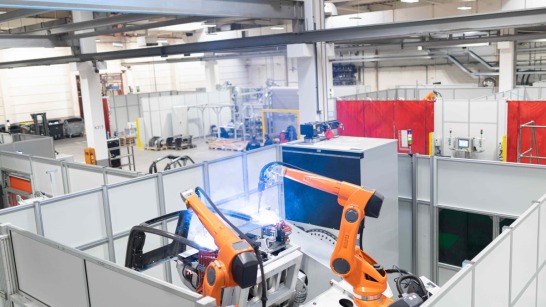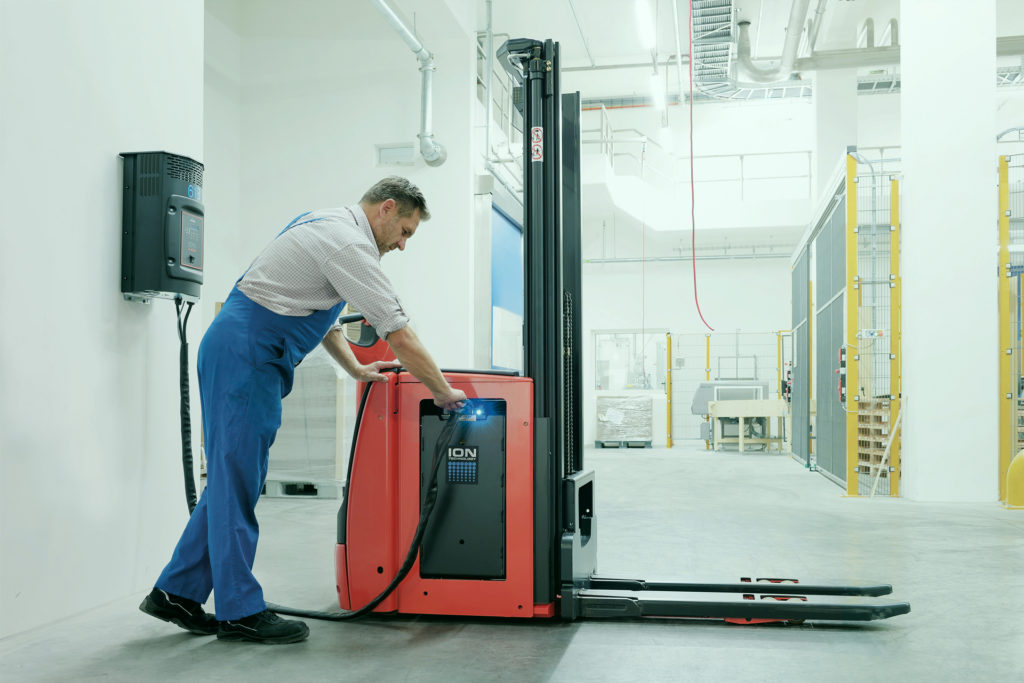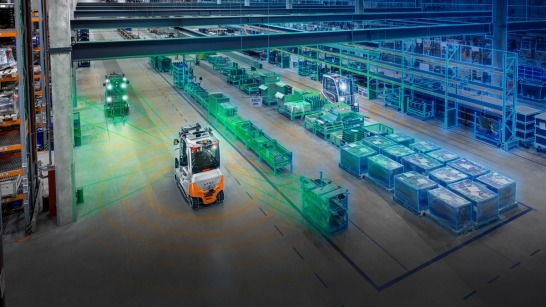
Expect the Unexpected: Predictive Analytics in Intralogistics
From weather forecasts and traffic planning to the stock market, people are always looking ahead to the future. Predictive analytics uses data to help make predictions, and Industry 4.0 is no exception. Energy consumption, material wear, and repair cycles are anticipated with ever greater precision, allowing measures to be put in place in good time. The KION Group’s solutions offer a far-reaching, data-driven glimpse into the future.
2023-11-08




